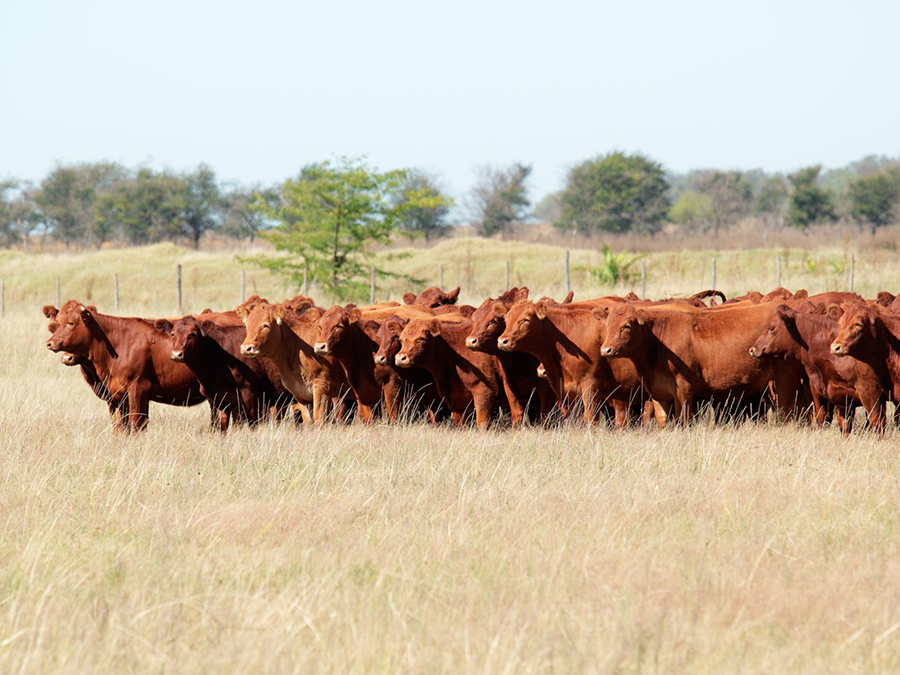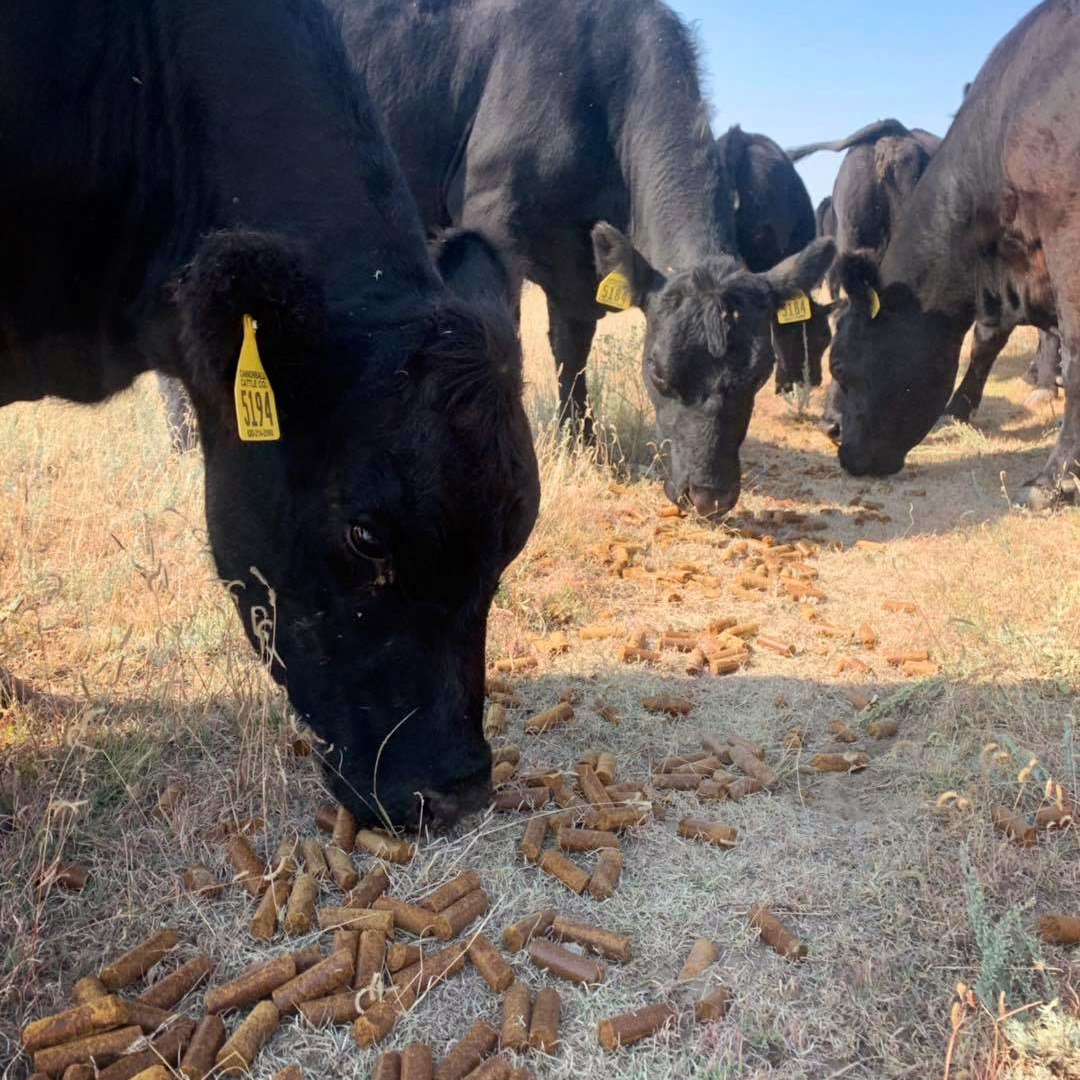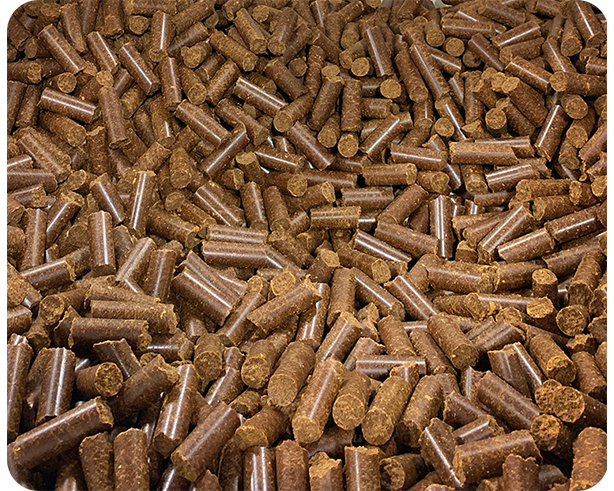“The biggest mistake every rancher makes is buying cheap feed when prices are high.”
– DUSTY TURNER, MASTERHAND MILLING
COPING WITH RISING COSTS
As Americans are struggling to cope with the economic impacts of a pandemic, labor and supply shortages, and now the events in Ukraine, the cattle industry is no exception. With so much volatility in the markets and costs of everything from fuel to groceries to feed rising every day, it’s understandable that many producers are looking for ways to cut expenses.
At this point in the year with spring temperatures rolling in, the first instinct is likely to be to pull the plug on your winter supplementation program and get cattle to spring grass as quickly as possible. It’s a good plan, just be sure you’re not backtracking by pushing those early spring pastures too hard and sacrificing both cattle performance and pasture condition.
For many producers however, just turning cattle out isn’t an option. Whether you’re dealing with drought conditions or running stockers in confinement, you’ll still have to keep buying feed. In that case, feed efficiency becomes even more critical, and so does feed quality. Saving a few dollars per ton by switching to a lower quality feed might be appealing, but you’ll likely be costing yourself valuable performance in the long run.

Talk with a MHM feed expert today to get your cattle ahead of the game this season. Schedule a consult now!
IMPROVE FEED EFFICIENCY
Feed efficiency refers to the amount of dry matter feed required for an animal to gain one pound. In the cow-calf world, feed efficiency can be correlated to the amount of feed required to maintain body condition score, produce enough milk to raise a calf and successfully rebreed.
Rather than switching to a cheaper product with less nutritional value, consider other strategies to manage rising feed costs and maximize feed efficiency:
1. Evaluate your existing program
First and foremost, take a hard look at what you’re doing now. While it may not seem significant, shrink and waste lost can add up. Simply improving your storage and dispensing systems could create some savings.
If feeding in bunks be sure you have enough bunk space for the number of cattle in the lot. This is especially important when feeding a DDG cube as you can feed significantly less volume at each feeding. Monitor intake to ensure consistent consumption and watch stools to gauge feeding rates.
Stress plays a major role in feed efficiency. Cattle are creatures of habit and any disruption in routine can impact performance. With high starch diets, it’s important to be consistent and feed at the same times each day. A DDG cube can create more flexibility in feeding schedules, and research has shown cattle started on DDG cubes show lower stress scores on ultrasound analysis.
2. Maintain rumen health
Offering a low starch product like distillers grain cubes can help prevent digestive upsets and acidosis that result in decreased performance. MHM distillers grain cubes offer 95% digestible protein to keep rumen microbes active and pH neutralized. This also improves digestion of forage, even on low quality forage.
3. Use the Feeding to a Budget Calculator
This free calculator lets you compare current prices of distillers cubes to other products on the market as costs increase. Enter your current prices and see how decreasing total pounds fed per week by only 1-2 lbs can make a major difference in cost per head even at a price $50 higher per ton.
4. Focus on Genetics
For stocker operators, it’s common to look for the cheapest cattle to feed. In recent studies, research has shown purchasing cattle with more genetic backing can pay off in a big way when using a distillers cube program. Visit our Nutrition Articles page to read more.
On the cow-calf side, continuing to improve the genetics behind your herd only serves to benefit in the long run. Many breed associations have EPDs and indexes for feed efficiency, intake and feedlot value to help you make seedstock selections. Cull hard-keeping and open cows and select heifers from your highest producing cow families.
5. Keep Great Records
Regardless of which sector of the industry you’re in, when costs are high and every dollar counts, keeping accurate records becomes even more important. From tracking feed intake and carcass data to bull performance and calving weights, having data available will allow you to see the impacts your decisions make on the operation more clearly and help to make informed decisions in the future.
At the end of the day, the reality of high feed prices probably isn’t going away any time soon. Cattlemen in all sectors of the industry are going to be looking for ways to tighten up operations and maximize returns. This is exactly where a distillers grain cube product shines. Fill out the form to have one of our reps help you build a strategy that works no matter what the price is.



